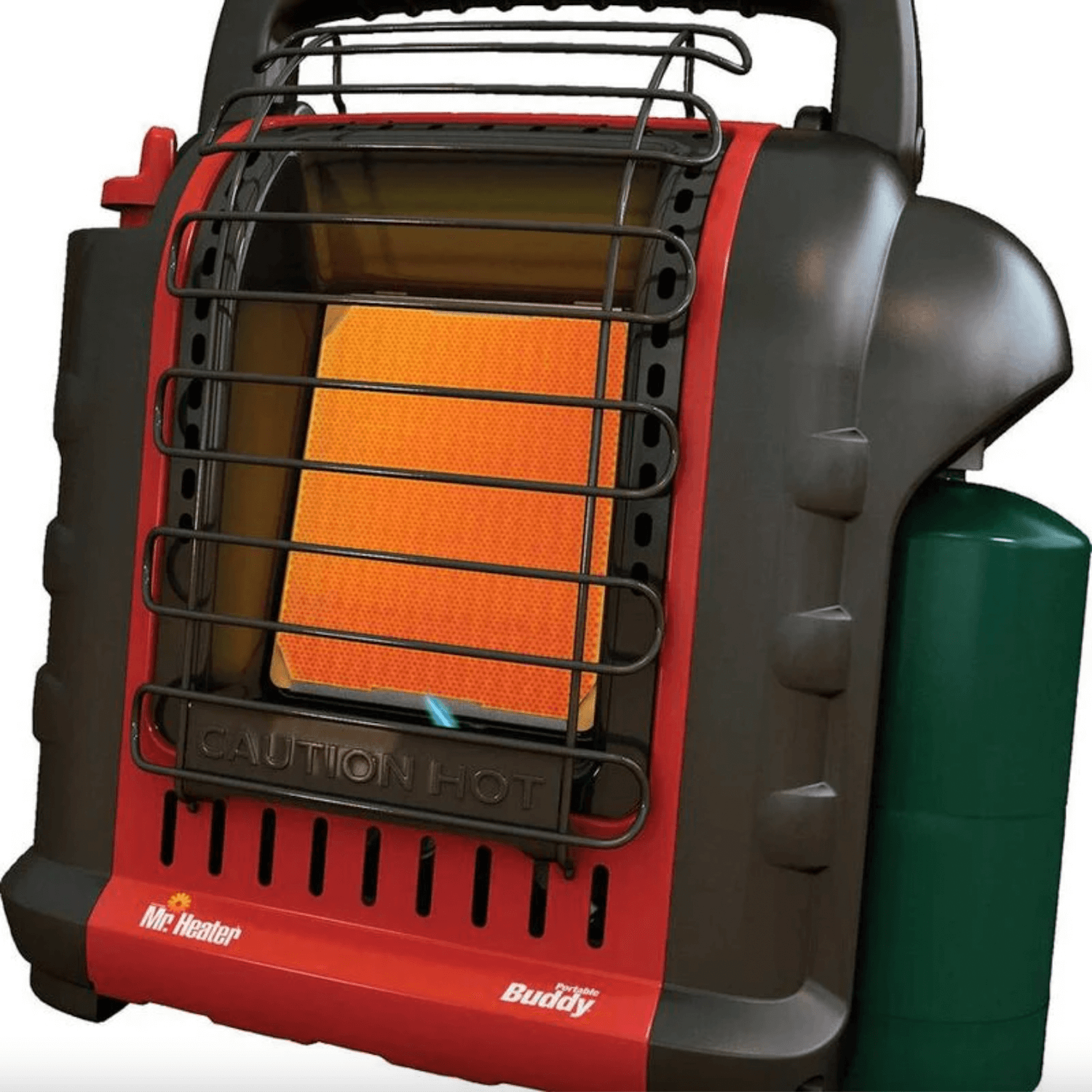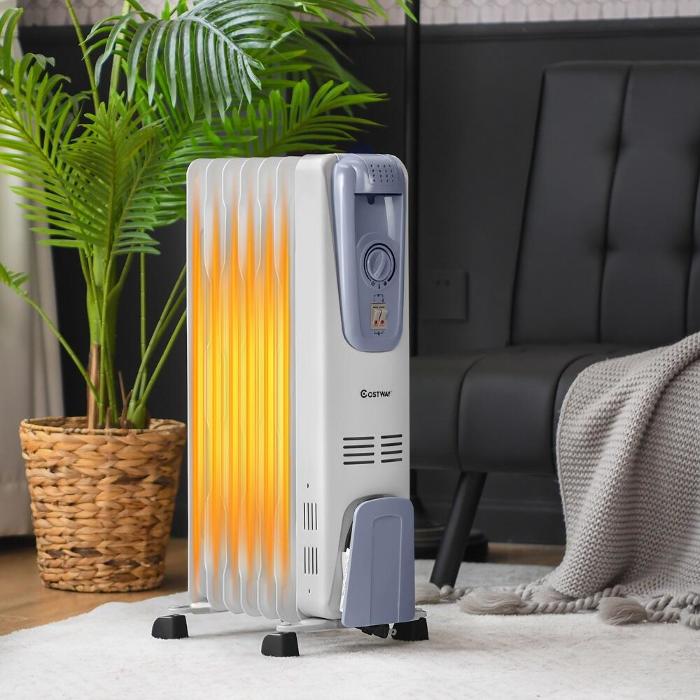The 9-Minute Rule for 1 Source Portable Air
Table of ContentsThe Buzz on 1 Source Portable AirGet This Report about 1 Source Portable Air1 Source Portable Air Fundamentals ExplainedThe smart Trick of 1 Source Portable Air That Nobody is Talking AboutSome Known Questions About 1 Source Portable Air.
Running costs are based upon an electricity rate of 40c/kWh. The costs for 3 months' use in winter are based upon 500 hours utilize, or around 6 hours each day for three months. Maximum warmth outcome is based on the optimum power level of the models we have actually examined (we concentrate on higher electrical power heaters).

This relies on what cost you're checking out upfront acquisition, or running expense? As common, there are compromises with either choice. Usually, small fan heating units are cheaper to acquire, yet can have higher running expenses. Oil column heating systems will be the most inexpensive on the market to run (generally) but just by a narrow margin ahead of convection heating systems (like panel and micathermic panels).
The 30-Second Trick For 1 Source Portable Air
If you have a relatively easy to fix ceiling follower, it'll aid spread the warm around the room more evenly. A number of costly heating systems have failed to excite our testers, while some less expensive versions make for remarkably excellent buys.
As the name recommends, they radiate warmth from a red-hot home heating aspect (so the family will have to take turns resting in front of it). Radiant heating systems are fairly inexpensive.
The relatively subjected heating component can be a fire and safety threat. An item of clothing went down over it might fire up, or small kids playing around a floor design might shed themselves, so be careful. Glowing heating systems typically set you back between $20 and $200. Oil-filled column heating units do not actually shed oil they make use of power to heat up the oil that's secured inside their columns or 'fins'.
The smart Trick of 1 Source Portable Air That Nobody is Talking About
Some column heating units aren't even oil-filled however instead utilize various other product or home heating modern technology to function similarly - 1 Source Portable Air. The risk of fire with an oil column heating system is reduced contrasted to various other heating system kinds, yet never ever no. Oil heating units don't have exposed components like glowing heating systems do, and their surface area temperature is less than many other heater types (their big area makes up for it)
Oil column heaters will not take off, and while they do not shed their oil to generate heat, it's still flammable, so there is a fire threat if the oil leakages, if the heater topple and leaks, or if combustible objects or fabric enter call or fall on the heating unit. You must exercise the same level of caution with oil useful reference heaters when it comes to other heating unit types, and never ever hang towels or clothing over one to dry them use a drying rack rather, at the very least one metre away.
Column heating systems are particularly valuable in rooms where they'll be activated for lengthy durations of time or where they'll run unattended, such as over night in a bedroom. The surface areas you're likely to discuss a column heating system do not get as warm as other kinds of electric heaters. You can utilize a ceiling fan on really low speed to help the column heater to disperse the heat quicker and extra uniformly.
Oil-filled column heating units usually set you back in between $50 and $450. Convection and panel heaters attract cool air over use this link an electrical heating element.
What Does 1 Source Portable Air Mean?

Convection and panel heaters are more mobile than their oil-filled column heating system equivalents since they're significantly lighter. They'll heat up the air in an area uniformly and promptly. Like a column heating system, you can utilize a ceiling fan on really reduced rate to disperse the heat much faster and much more evenly. Some models, especially panel heaters, are comparatively pricey to get.

The Ultimate Guide To 1 Source Portable Air
Follower heaters are usually smaller and a lot more portable than various other Check This Out electrical heating units. They additionally come in the type of tower follower heaters, which can be better for dispersing warmth around larger areas due to their taller account. They can warm the air in a room much more rapidly, evenly and quickly than some other heating system types.
They can be rather loud with the fan on complete power, though are normally sensibly quiet at lower fan rates. Follower heating systems (ceramic or otherwise) typically expense in between $60 and $900. Ceramic follower heaters aren't necessarily any type of different in cost to non-ceramic versions. A reasonably current entrant right into the customer market, infrared heating systems warm the area like the sunlight warms your face (without the UV rays so no danger of skin cancer). 1 Source Portable Air.
Comments on “Little Known Facts About 1 Source Portable Air.”